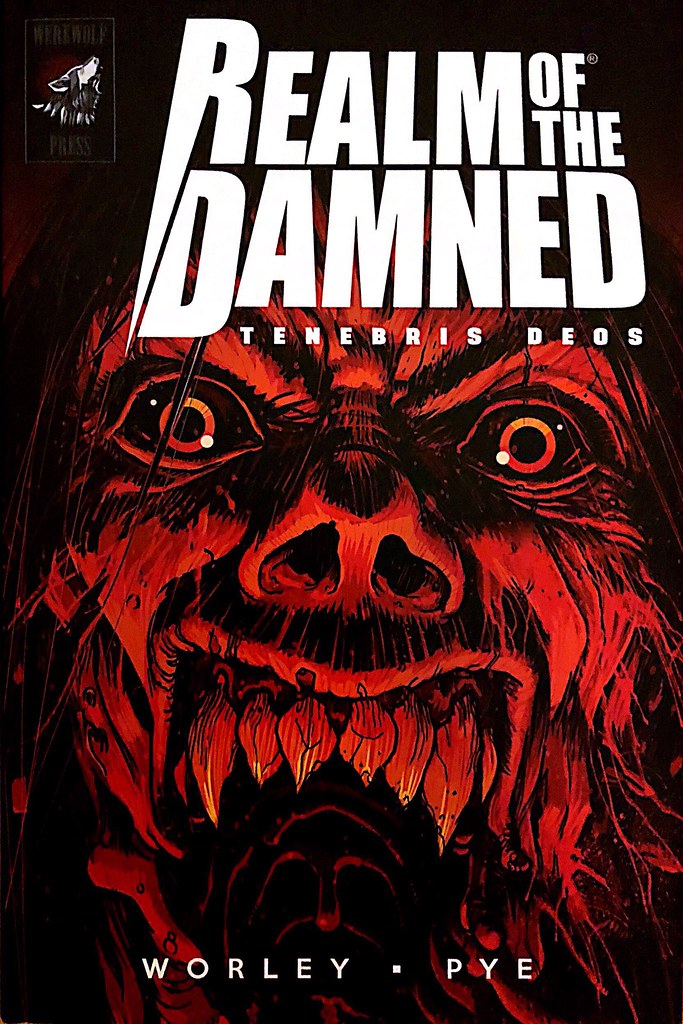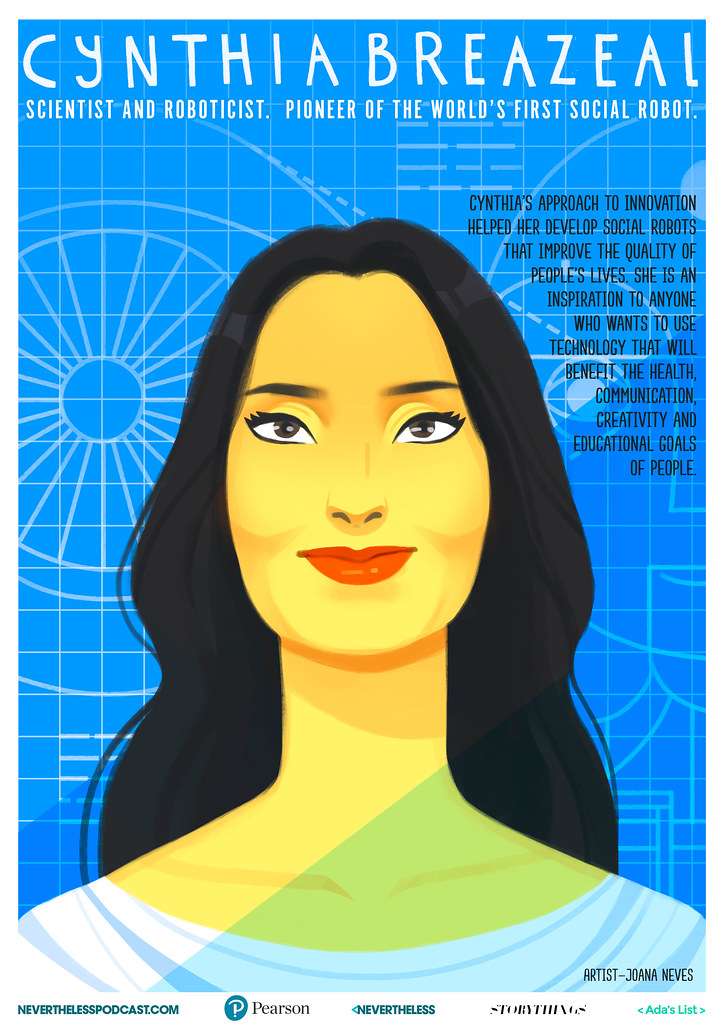Colin Kaepernick
If you work in marketing, you’d have had to hidden in a remote jungle outpost to avoid all the industry big opinion pieces and social discussion over Nike’s latest brand campaign. The outrage was over a social image of Colin Kaepernick supporting the video content below
Believe in something. Even if it means sacrificing everything.
Everything has become political. New Balance got the whip end of it from liberals during the early part of the Trump administration because of its domestic manufacturing plants and his focus on American jobs. The New Balance CEO made positive remarks about the president focusing on domestic manufacturing and liberals burned their sneakers on social media.
So from the beginning Nike was in the ‘not Trump camp’ because of its business model. The question would be should it put its head above the parapet or not? From a marketing history that has worked with directors like Spike Lee – this is almost a non question.
Nike also has demographics on its side, banking on the African American community and urban kids over aging Trump supporters. This will also play well in western European markets.
Nike has trends behind it at the moment. Hypebeast style is on the ascendency, even in preppy lookbooks you are likely to see the blazer and chinos paired with a pair of Air Max in a colour scheme that pops.
In my mind working with Colin Kaepernick was inevitable because it was such a Nike thing to do. Down the road Kaepernick is going to make a stylish articulate spokesperson, think Michael Jordan but with more of a ‘thinking man’ image. (Yes I know Michael Jordan is sharp as a button but he’s got more swagger).
From Nike’s perspective it was a good tactical move. The timing was ideal to get out ahead of the NFL season, rather than being seen as a reaction to it. Scott Galloway went as far as to call it the ‘gangster marketing’ move of 2018. But no it wasn’t particularly brave on the part of Nike. From a Nike point-of-view this kicks the inevitable liberal media cyclical discussion about Nike and children working in third-world sweatshops a bit further down the road. I guess Nike won’t have to worry about yet another set of shoe brands like Starbury, Patrick Ewiing or And1 coming up anytime soon. Commentators tend to forget that they emerged because Nike was seen to be using black athletes to gouge poor consumers out of excess cash and fuelling criminality to have the ‘right’ shoes. What a difference a president makes.
Secondly, there is an issue of has bravery become an overused word?
- By using it to sell sneakers and track tops are you cheapening the sacrifices of fallen first responders, civil rights activists or military personnel?
- Where do whistle blowers like Chelsea Manning and Edward Snowden fit into it?
- And what does it say about America when you have to be brave to use your constitutional rights?
Everything has become weaponised, how do we step back from this? More on Nike here.
its a rare one of the columns when I am dealing with two pretty grim subjects in a week. The Register broke the news about western intelligence services declaring a new war on privacy – its a even more alarming when you think about how populist politics has blown up in the past few years. This is the best written reaction that I have seen to it. Schneier is a online security expert and I’d trust his judgement over any politicians: Five-Eyes Intelligence Services Choose Surveillance Over Security – Schneier on Security. Go and have a read, I’ll still be here when you come back.
As you can understand I’d like to lift the mood a bit. The reaction of Japanese people to western swear words once they are explained to them is priceless.
NASA on the Cray super-computers that they used in the mid-1980s
My former colleague Haruka is doing a daily illustration challenge, creating artworks on 1 inch x 1 inch paper square. (An inch is 25.4mm)
View this post on Instagram



